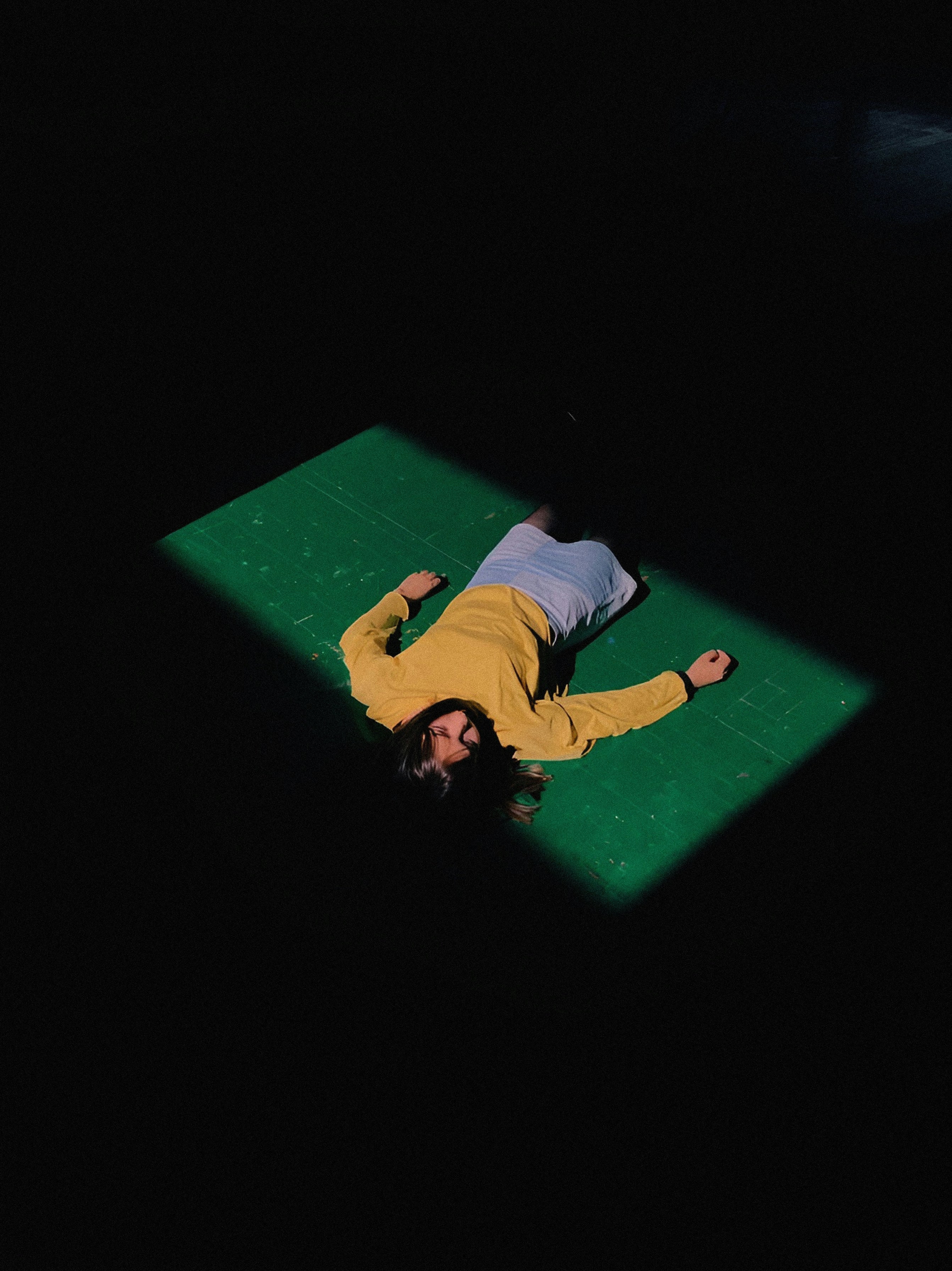How To Have Sex After An STI Diagnosis.

For better or for worse, sex comes with strings—be it romantic or physiological. And no matter how fundamentally *casual* your intercourse may be (on the emotional front), the otherwise complications remain: STIs, unwanted pregnancies, you know the drill.
That said, despite the manifold ways we’ve worked to combat the transmissions of STDs and STIs throughout history, they are, unfortunately, on the rise. And while there are plenty of explanations (the proliferation of non-STI-preventing birth control, dating app culture, a lessened fear around sexually transmitted bacteria), the TL;DR is that infections like chlamydia and gonorrhea are certainly still a valid concern. And it’s more than likely that at some point, you—or one of your partners —will contract a standard STI. So in that event, we’ve put together a guide to everything you need to know when it comes to getting back out there post STI.
Chlamydia
While easily treatable with antibiotics, you should always wait until 7 days after your antibiotic course is completed to start having sex again (oral sex included)—and fear not, most treatment options are just a one-time dosage. But before you get back out there, be sure your partner has been tested as well—and that you’ve contacted any partners to who you may have passed the infection along (there are no exceptions here).
About four weeks after your initial diagnosis, you’ll want to get tested a second time, just to be sure the infection has fully cleared (while most people with chlamydia don’t experience symptoms, there can be long-term effects to leaving it untreated).
Gonorrhea
Much like Chlamydia, Gonorrhea is very treatable. But if left to its own devices, it can lead to severely uncomfortable conditions like Pelvic Inflammatory Disease in women and extreme testicle pain in men. And while this one is also treated with a one-time antibiotic dose, there is some fear around antibiotic-resistant strains of the infection, so the CDC recommends you get tested again within 7-14 days of your initial positive test.
When it comes to resuming sexual activity, you should wait 7 days post-treatment—and to be doubly safe, you should hang tight until you received a negative test. That’ll give you plenty of time to reach out to folks you’ve had unprotected sex within the recent past, urging them to get tested as well.
Hepatitis
While the 3 strains of Hepatitis (A, B, and C) can be spread through several different avenues, sexual contact is a fairly common route. Here’s the breakdown:
A will clear up on its own within a few weeks of months—sans treatment—so this is an easy one. That said, you should still be informing your partner and getting tested regularly to make sure the infection is on its way out. And the CDC recommends avoiding any unprotected intercourse until you’ve tested negative.
B is the most common form of sexually transmitted Hepatitis. Treatment requires rest, fluids, and close monitoring, but there’s no standardized drug. On the preventative end, the U.S. has a vaccine available—and it’s recommended that your sexual partners get the vaccine after intercourse with you. What’s next? Well, you know the drill here: It’s your responsibility to inform anyone you’ve had sexual contact with of your diagnosis—and it’s recommended that you avoid unprotected sex until you’ve tested negative.
C is fairly uncommon, so your chances of contracting this particular strain are slim to none. That said, because there’s no vaccine available for Hep C, it’s essential that you closely monitor your condition, warn past partners, and avoid unprotected sex until you’ve been advised you’re in the clear by a doctor.
Herpes
Herpes is a tough one—it stays in the body for life, once contracted. And while your symptoms will wax and wane, your ability to pass the infection along to a partner is ever-present. According to Planned Parenthood, though, there are a handful of ways you can engage in safe sex—even after your diagnosis. For starters, you should cease any/all forms of sexual contact as soon as you feel warning signs of an outbreak (think: burning, itching, or tingling sensations). Then, you should continue to abstain from sex—even with a condom—until 7 days after your sore heals (the virus can spread in sweat or vaginal fluids to places the condom doesn’t cover). Between outbreaks, you should still use condoms 100% of the time, to avoid the risk of transmission. Moreover, if you have oral herpes (rather than genital herpes) you should also avoid kissing immediately before, after, or during an outbreak.
HIV/AIDS
Once you’ve contracted HIV, there’s no cure. And your standardized treatment option is a bit of a long game: It’s recommended that you undergo Antiretroviral therapy, or ART, for the foreseeable future, which will stop HIV from damaging your immune system. That said, it typically takes up to 6 months for ART to start working—and in that period, it’s recommended that you avoid intercourse on the whole.
Down the road, you can certainly return to a healthy sex life with HIV. It just requires a great deal of care and precaution. First things first, you’ll need to contact anyone you’ve put at risk of contracting HIV. This is particularly important because, if untreated, HIV can develop quickly into AIDS—which is, in fact, life-threatening. Secondly, you’ll want to take care to use a condom every time you have sex. Yes, that’s right: every time. Thirdly, you’ll want to be sure to communicate openly with your partners (all of them, even the casual ones) about the risks involved in intercourse for every step of the road. And while you’re at it, you might want to discuss other preventative measures like PrEP and PEP.
Pre-exposure prophylaxis (PrEP) is a preventive drug that works to stop HIV from spreading in the body. It’s an excellent treatment option if you have not yet contracted HIV but are at risk due to your partner. If taken as instructed (every day), your risk for getting HIV will fall by 99%. But the stuff requires 7 days to begin working—so wait until that grace period is over. Post-exposure prophylaxis (PEP) is an emergency form of ART—so if you’ve recently had sex with someone who tested HIV positive, you’ll need to take it within 72 hours to reduce your risk.



